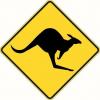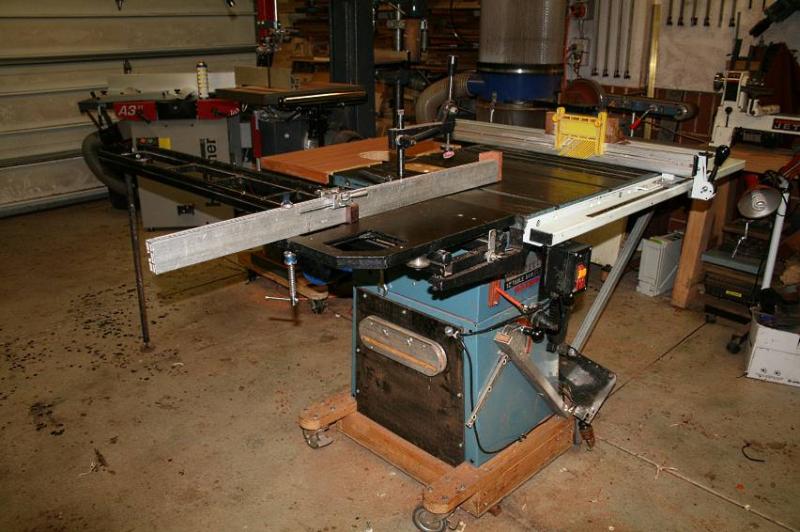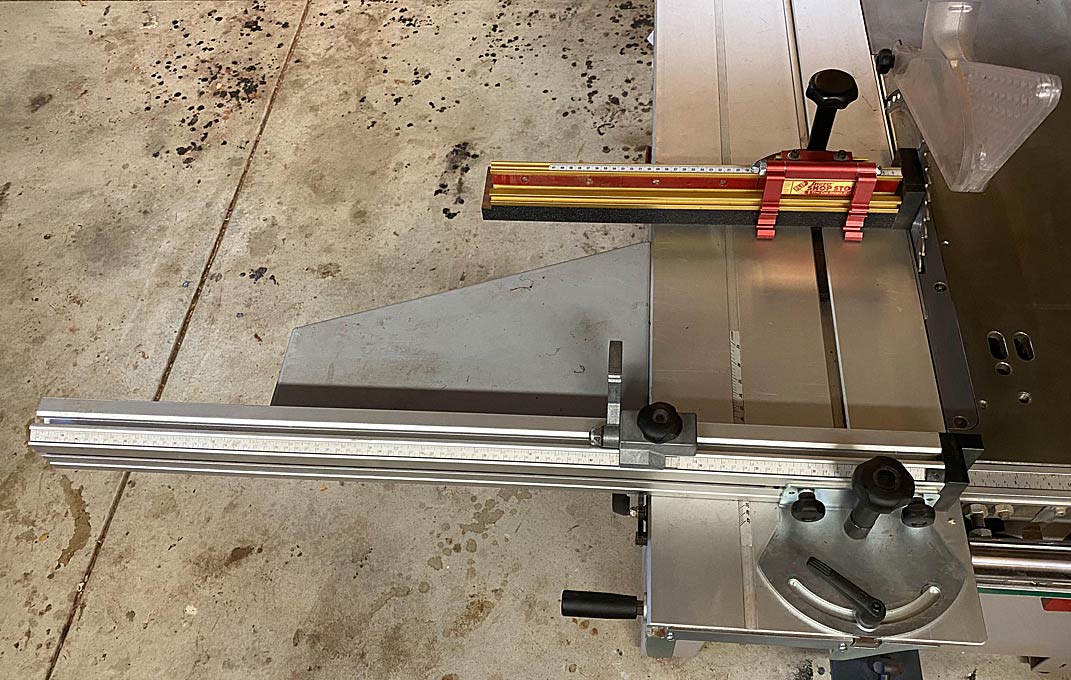I usually have my slider crosscut fence on the "front", such that when you push the slider forward, the wood is pushed against the fence. This seems safer and more consistent.
maxresdefault.jpg
However, the outrigger arm runs out of travel and limits the distance between the fence and the blade in this configuration to something quite short (3', maybe?). To use the full slider stroke, the fence needs to be moved to the "rear".
3056-kreissaege-k3winnercomfort-hammer-feldergroup.jpg
Dumb question, but: is that "normal" and just the nature of the design of the outrigger?
Are my concerns about the wood being pushed against the fence valid? Or is it typical to have the fence in the "rear" position?





 Reply With Quote
Reply With Quote










